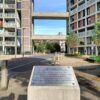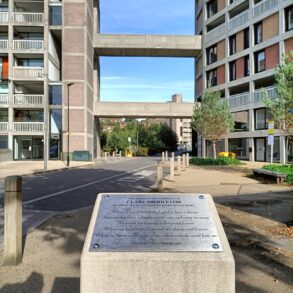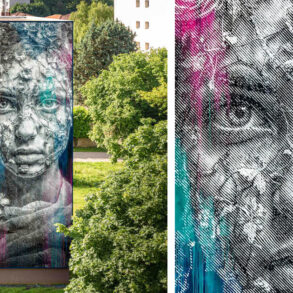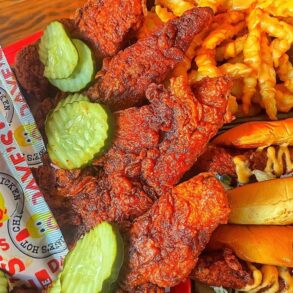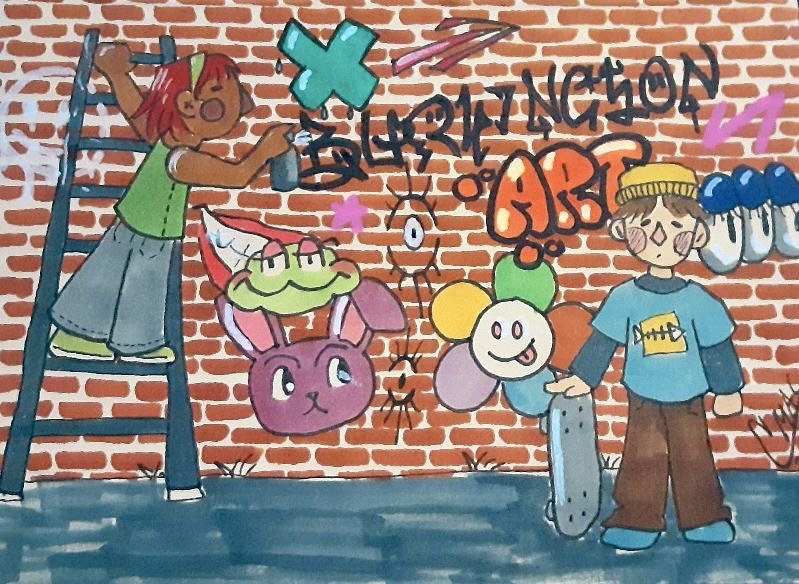
In cities across the world, legal graffiti walls have been designed in order to provide artists with a safe space to showcase their talents as well as to deter illegal graffiti, but Burlington doesn’t have one.
A legal graffiti wall is a designated wall or area in which artists are allowed to paint graffiti without legal repercussions, according to a 2018 article in the Washington University Law Review.
These walls have been found to be successful graffiti reduction methods and provide the community with a sort of group art project, in which anyone can contribute without fear of repercussions and have a chance to see their unique piece alongside their peers, according to the same article.
They also give a chance for retired graffiti artists, also known as writers, who might be more likely to get caught due to their age, to return to the practice in a legal manner, so they can still feel a connection to the community and the art.
I saw this firsthand in Portland, Maine when I visited a legal graffiti wall and talked with some of the older artists, who found it to be a sort of congregation spot where they reminisce on their youth.
It comes as a surprise and oddity to me that Burlington does not have one.
Burlington has an ever-expanding and culturally significant street art scene with well over 100 incidents per year, according to Feb. 7, 2021 Seven Days article, which is also evident from a walk downtown, or through the majority of UVM bathrooms.
One could see these artists as simple vandals, as suggested by cultural norms. But when I spoke with sophomore Dylan McCay, he offered a different perspective.
“Instead of seeing [graffiti artists] as just acting out and defacing property, you could see graffiti artists as people willing to risk criminal charges and [who] are willing to invest their money on creating art for public display and expressing their progression in a public forum,” he said.
Through this lens, we can envision street art just like any other creative pursuit and graffiti artists like any other artist, deserving of space to facilitate their artistic expression and build community. This wall would both help artists develop and concentrate graffiti in a legal space.
This project would also hold aesthetic value for the residents and visitors around the legal wall. Not only would artists come to the wall, but also people just looking to see what new projects have been created and get a glimpse into Burlington street art culture at the time.
This project would also cost almost nothing to the city, if a wall was designated on an already abandoned structure, or would cost a minimal amount if they added onto an existing development.
Legal graffiti walls have become a popular attraction and community amenity in many cities both nationally and worldwide, from Honolulu to Stockholm, due to their high benefits for comparatively low costs. It only makes sense that Burlington should follow suit.
This post was originally published on this site be sure to check out more of their content.

